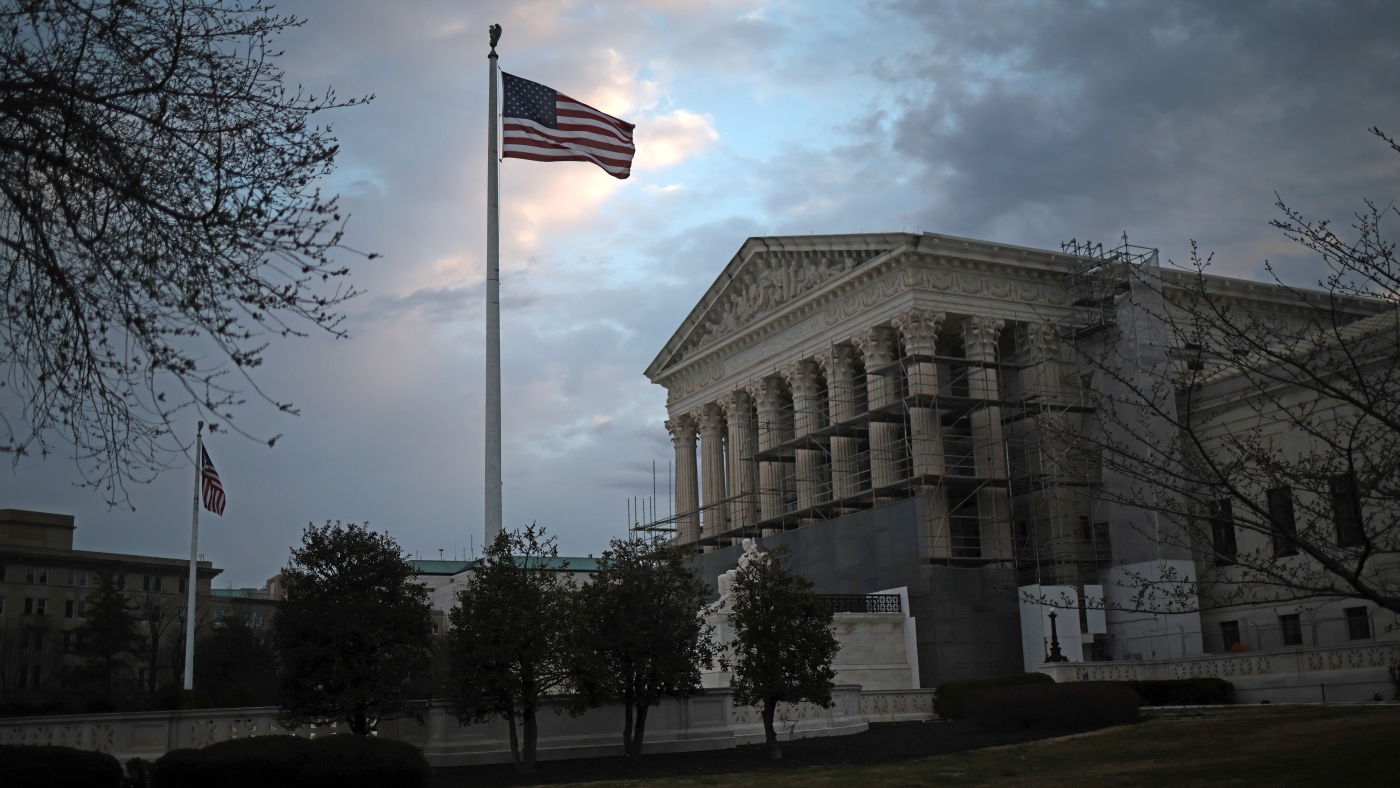Navigating the Supreme Court’s Intervention in Deportations Under the Alien Enemies Act
The recent Supreme Court actions to suspend deportations of Venezuelan immigrants under the Alien Enemies Act (AEA) illuminate a complex and evolving legal saga at the crossroads of immigration, constitutional law, and executive authority. This episode not only challenges the application of a centuries-old statute but also tests the boundaries between swift national security measures and procedural justice.
Unpacking the Alien Enemies Act: An 18th-Century Law in a Modern Context
Enacted in 1798 during early American conflicts, the Alien Enemies Act empowers the government to detain and remove nationals from countries deemed hostile during wartime. Its original design was tightly linked to declared wars and clear external enemies—not the nuanced immigration landscape of today.
Its revival by the Trump administration to expedite deportations of Venezuelan migrants, particularly those alleged to have ties to gangs, thrust the AEA into the spotlight for purposes far beyond its original intent. This repurposing exposed tensions between an assertive immigration crackdown and the proper legal framework necessary when removing individuals from U.S. soil.
The Legal Clash: Due Process Versus Executive Expediency
The Trump administration’s effort to quickly deport Venezuelan immigrants under the AEA ran headlong into judicial scrutiny. Multiple courts, including those in Texas, challenged the absence of due process in these deportations. The core legal contention revolved around whether the migrants’ rights to contest their removals in appropriate courts were being overlooked.
Advocacy by civil rights groups like the ACLU underscored the importance of judicial oversight. Their litigation spotlighted that the AEA could not be wielded as a broad deportation tool without proper procedural safeguards. Judges pointedly questioned the government’s expansive interpretation of “enemy” to include alleged gang affiliations, emphasizing that such use diverged sharply from the historical and legal boundaries of the Act.
This judicial resistance signaled a fundamental friction between rapid executive action framed around national security and constitutional guarantees of fair hearings and legal challenge.
Supreme Court’s Precautionary Pause: Asserting the Need for Process
In a decisive 7-2 decision, the Supreme Court extended injunctions halting deportations under the AEA, particularly focusing on Venezuelan immigrants detained in northern Texas. These orders do not just freeze specific removals—they underscore the necessity of judicial review and legal clarity before deportations can proceed.
By mandating a pause, the Court signaled unease with the executive branch’s expedited strategy, highlighting the risk of circumventing courts and undermining due process rights. The injunctions protect migrants while federal appellate courts further consider the legality and constitutionality of the AEA’s modern application.
This judicial stance effectively reins in what appears to be an unrestrained executive extension of an outdated wartime law, reinforcing the separation of powers and the judiciary’s role as a safeguard against overreach.
Broader Implications: Redefining Immigration Enforcement and Checks on Power
The Supreme Court’s actions introduce significant ripple effects for immigration policy and the balance of authority among branches of government.
– Judicial Review as a Critical Check: The insistence on court oversight ensures deportations cannot proceed purely at executive discretion, especially when due process and rights to challenge removal are implicated.
– Limits on Executive Reach: Clarification emerges that the alien enemies statute cannot be expansively interpreted to justify wholesale deportations absent congressional clarity and procedural fairness. This curtails potential executive overreach.
– Humanity Embodied in Legal Protections: The injunctions also prevent deportations to countries like El Salvador, where human rights conditions raise humanitarian concerns, reminding that deportation policy cannot ignore the real-world consequences on vulnerable populations.
Looking Forward: A Legal Battle in Progress
The conflict is far from resolved. Lower courts, appeals judges, and the Supreme Court remain engaged in scrutinizing the legitimacy of deportations under this outdated law. The government’s push to dissolve injunctions meets steady judicial caution, as courts weigh fundamental rights against claims of national security and administrative efficiency.
This ongoing legal contest will likely culminate in detailed constitutional interpretations, establishing precedent on how centuries-old wartime statutes may be adapted—or rejected—in modern immigration frameworks. The case encapsulates the challenge of aligning executive action with judicial protections in politically charged areas.
Reflection: A Judicial Pause that Echoes Beyond Deportations
The Supreme Court’s move to stall deportations under the Alien Enemies Act transcends a simple halt—it acts as a judicial rebuke against unchecked executive power and a clarion call for preserving constitutional process. It illustrates the enduring tension between government authority and individual rights, especially amidst political pressures around immigration.
This episode serves as a reminder that laws forged in very different historical moments must be carefully evaluated before applying them to contemporary situations. The judiciary’s intervention safeguards not just the migrants at issue but the integrity of legal principles that underpin due process.
In halting these deportations, the Court reinforces that respect for legal procedures is not an obstacle but the foundation upon which just and sustainable governance rests. The pause granted here invites a thoughtful reassessment of how wartime laws should—or should not—be wielded in peace, affirming the lasting importance of constitutional checks in American democracy.








